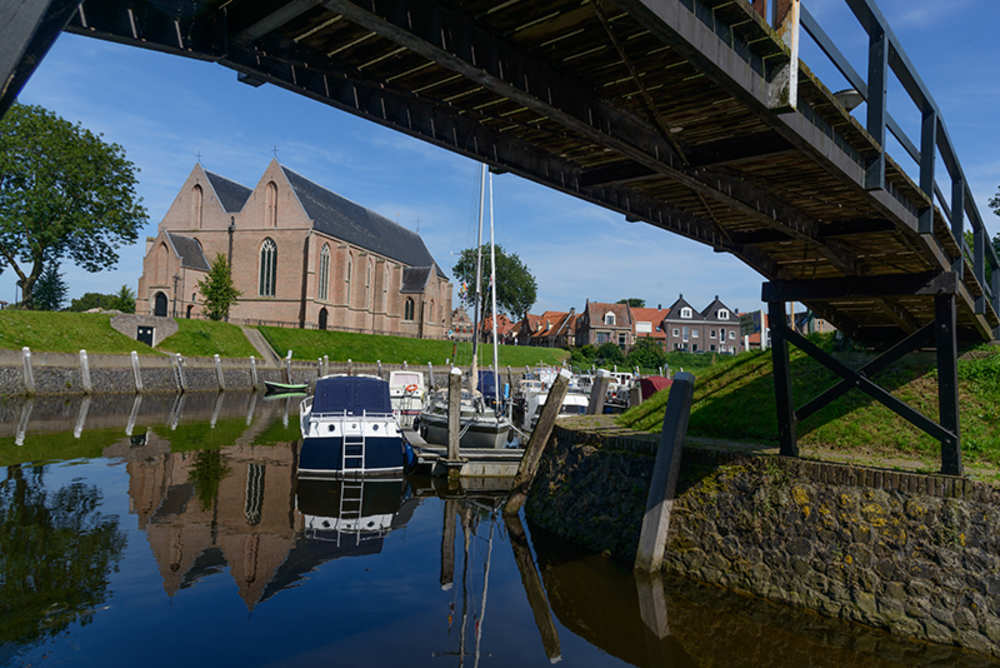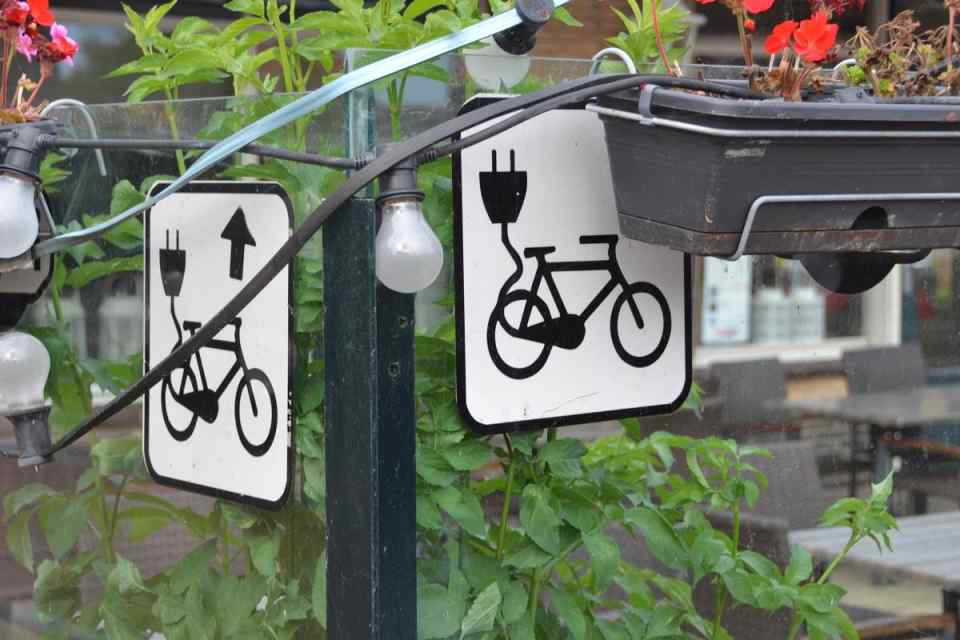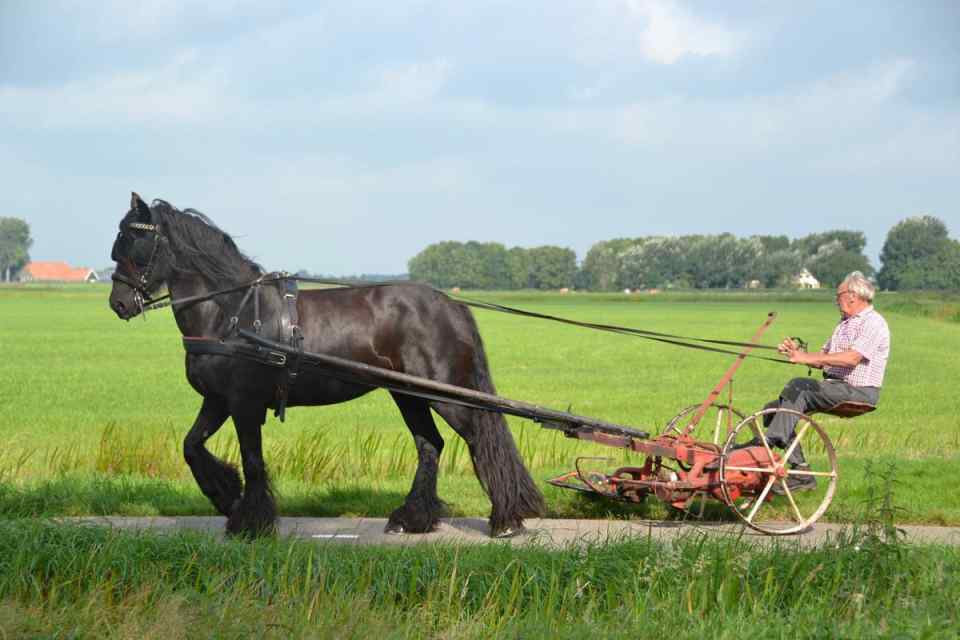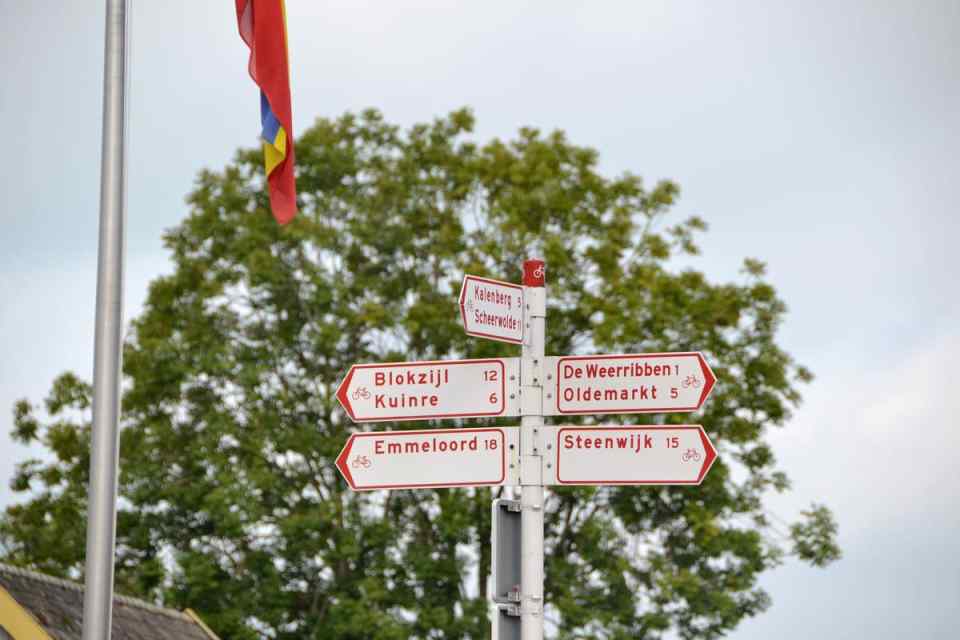Skip to main content

Vollenhove
Once the stadtholder of Overijssel resided in Vollenhove, nowadays Vollenhove is a city where water sports enthusiasts find their way and where an internationally famous shipyard for yachts is located. In the mid-17th century, Vollenhove had 17 harbor seats and was called the city of palaces. But after the French revolution, the nobility of Overijssel disappeared and the buildings fell into disrepair. Part of these possessions has been preserved. Vollenhove is therefore a characteristic Zuiderzee town with historic buildings, including the old town hall Old Ruitenborgh, which has been discontinued since 2000 and the former town hall from 1621, now the Seidel restaurant.
Vollenhove owes its name to the poet Joannes Vollenhove who lived from 1631 to 1708.
Vollenhove had city rights in the Middle Ages and with less than 5000 inhabitants we still speak of the city of Vollenhove. The history of Vollenhove goes back to the year 944. In the 15th century, fishing in Vollenhove flourished with fish from the Zuiderzee but also from the fresh water in the Zwarte Water and the IJssel. In 1811 Vollenhove had only 32 professional fishermen, in the second half of the 19th century almost every inhabitant lived on it. After the Zuiderzee was closed off by the Afsluitdijk in 1918, the last professional fisherman stopped in Vollenhove in 1992.
Vollenhove is known for:
- Port days around Pentecost
- Corso on the last Saturday of August
- Survival Vollenhove - on the second Saturday of November
- Grote or Sint Niklaaskerk - a late gothic hall church
- Kleine or Lieve Vrouwkerk
OSSENZIJL
Below you can view the photos of the village Ossenzijl - in nature reserve Weerribben Wieden. From Ossenzijl there are beautiful cycling routes and sailing routes both towards Friesland and the Frisian Lakes as well as Weerribben Wieden National Park with places such as Giethoorn, Blokzijl, Muggenbeet, Wanneperveen, Blauwe Hand, Kalenberg, Sint Jansklooster and Vollenhoven.





